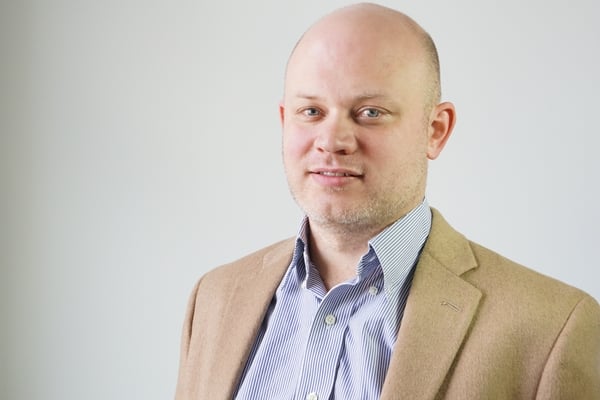
This week I start a new job here at artnet News, as Senior Writer. I’ll be focusing on reviews and commentary, a beat I am excited about. But before I dive into the maelstrom, I thought I would take a moment to say why I am excited.
If you somehow took a poll of critics and writers about the state of contemporary art, “excited” wouldn’t be the first word you’d hear. Pretty much everyone agrees that things are dire. Money is drowning out everything. Celebrity rules the game. The art is bad. Super-sizing it is only making it worse. The entire elaborate, Rube Goldberg-ian infrastructure of the visual art sphere is under strain from the current runaway craziness. “Few deny that the carousel of fairs, exhibitions and biennials is taking a toll on art itself,” the Financial Times tells us. And that’s the Financial Times!
So, the state of things is not good. But the way I see it, a sense of crisis is a good thing, if the crisis is real. Justified angst is better than unjustified complacency, and now almost no one denies that there is some cause for angst. You can’t solve a problem unless you look at it honestly. Historically, it’s even true that a lot of great art has been driven by a sense of crisis. (“Midway upon the journey of our life, I found myself within a forest dark,” begins the Divine Comedy, “for the straightforward pathway had been lost.”)
What are the major themes of contemporary art discourse right now? Inequality and the Internet. Money, which is making unique objects ever more expensive, and technology, which is making images ever more placeless. On the one hand, the ultra-exclusive auction room where prices rise ever higher, where art is touted as a timeless store of value. On the other, the Internet, where images fluoresce quickly and compete for attention in a universe of technological novelty. “The digital as a dimension of everything” is the Tate’s current mantra. The way that people consume art, and what art seems worthy, is changing, will change.
That’s a confusing conjunction of forces. But the fact that these topics are inescapable now is good news for anyone who thinks art might be relevant to a wider public, inasmuch as resurgent inequality and renascent future shock are the major obsessions of public discourse in general. At least you have a clearly defined set of problems that matter, and consequently room for interesting things to write. The “crisis of criticism” is the meme that will not die—but actually I tend to think that the limber, street-level, populist writing that has taken over online is a lot more interesting than confused theory-speak.
I do think, however—and this is part of what I find exciting—that the particular stresses on art are organically bringing big theoretical questions into focus: What is art? Who is it for? At a time when art is under particular pressure, these questions become particularly important. One of my interests has been how art relates to ideas of class, and I do think that this theory adds an important piece to the contemporary puzzle. In the case of navigating art’s difficult relation to money, the ways that a focus on class might come in handy probably seem obvious (though I actually think that “class” adds something that talk about “inequality” misses).
In the case of technology, the idea that class has a place probably seems more abstract. I think of it this way: If you are talking about how art traffics on Google or how people consume images via smartphones, you are talking about how the products of large corporations affect the way we see the work of what amounts to a small community of craftspeople, mainly individuals or small groups. Without an idea of visual art as a form of labor done by certain kinds of people, it is very difficult to understand the pressures on art, the stakes of technological transformation, or the angst that it engenders.
All this is me telling rather than showing what I’m interested in writing about. The point is just enthusiasm: There are interesting conversations going on and I’m excited to be able to be part of them. That’s all. Into the maelstrom.